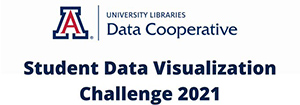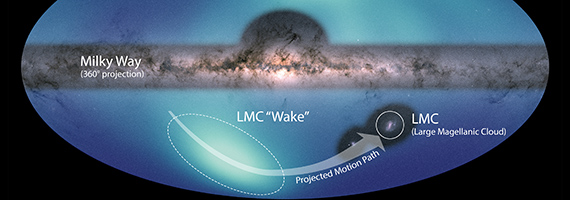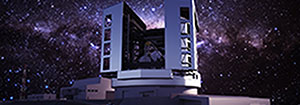Here is some of the latest news.
1) LMC-Milky Way Interaction Simulations and Data
A wake of stars, created by a small galaxy set to collide with the Milky Way, is the highlight of a new map of the Milky Way's outer reaches. The observations confirm predictions made by a group of UArizona astronomers whose computer simulations test theories explaining the mysterious nature of dark matter. This work includes Nicolás Garavito-Camargo, Gurtina Besla, and Dennis Zaritsky. You can see press releases HERE and HERE.
2) Event Horizon Telescope Results
The Event Horizon Telescope team has released papers studying the M87 black hole in polarized light. You can find the press release HERE. Chi-Kwan Chan and Dan Marrone are quoted in this article.
3) The Pandora Mission
Daniel Apai's group is involved in planning for the Pandora Mission, a low-cost NASA mission to study exo-planet atmospheres using transit spectroscopy. The press release is HERE. Stewardites quoted in the article are Daniel Apai and former Steward grad student Ben Rackham (PhD 2018).
4) Newest Adam Block Photos
a) Photo 1, part of the Tauris Molecular Cloud, from the Pomenis Astrograph.
b) Photo 2, NGC 1300, from the Schulman Telescope.
c) Photo 3, NGC 3898 and 3888, taken at New Mexico Skies.











